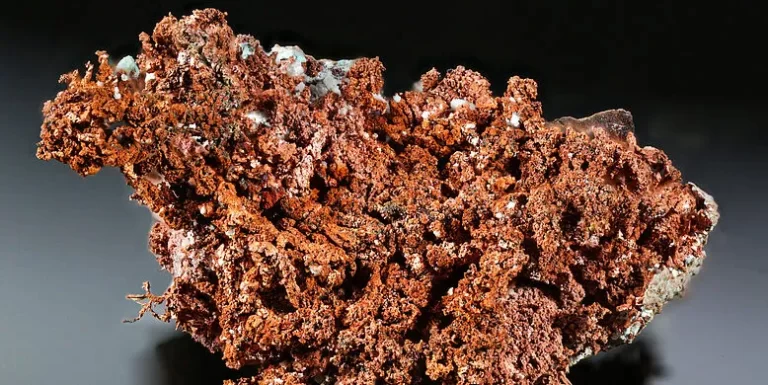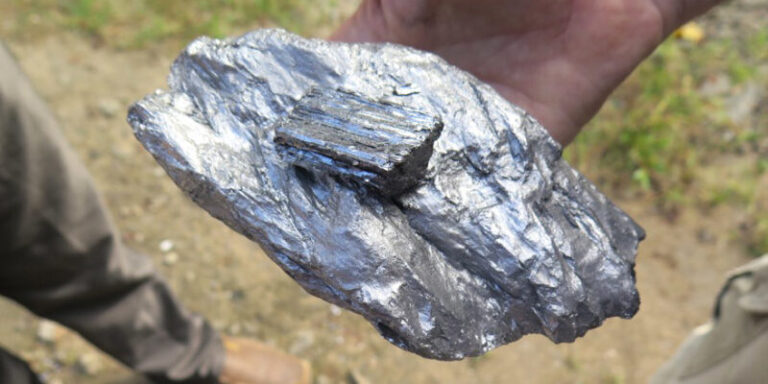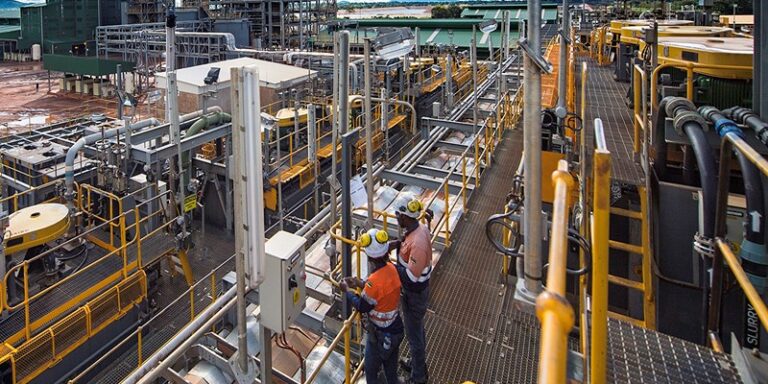
Zimbabwe boasts a highly diversified mineral resource base, featuring close to 40 exploitable minerals that include platinum group metals (PGMs), chromium, gold, coal, diamonds, lithium, manganese, iron ore, copper, nickel, cobalt, and rare earth metals, among others.
Zimbabwe’s mining sector accounts for approximately 12% of its GDP, with the southern African country’s Minister of Mines and Mining Development, Winston Chitando, having stated that the sector has the potential to generate up to $12 billion annually.
Largely underexplored, the Government of Zimbabwe and the Ministry have sought to prioritize the ease of doing business in the sector.
As such, Zimbabwe has directed its interest towards capitalizing on the global energy transition as global demand for minerals used for renewable technologies – such as lithium and PGMs – begins to rise exponentially.
Gold
Endowed with over 4,000 recorded gold deposits, Zimbabwe boasts the second largest gold reserves per square kilometer in the world. As the country’s largest export, gold is vital to Zimbabwe’s economy, serving as the primary driver of growth in the near term and attracting the most foreign direct investment into the country.
Zimbabwe holds over 13 million tons of proven reserves, of which merely 580 tons have been exploited in the sector’s over-100-year history.
Over 90% of Zimbabwean gold deposits are situated within the country’s greenstone belts, which are some of the richest in the world.
Other gold deposits can be found in Zimbabwe’s southern Limpopo Mobile Belt and in the Proterozoic Piriwiri rocks in the northwestern region of the country.
Platinum Group Metals
With approximately 2.8 billion tons of PGMs, Zimbabwe features the second largest platinum deposits in the world.
Held primarily in the country’s Great Dyke – a 550km linear early Proterozoic layered mafic-ultramafic intrusion – Zimbabwe’s resource base of PGMs offers the country a competitive advantage and a unique opportunity for developing world-class mines and processing facilities, given the growing global demand for the mineral as a catalyst for the development of renewable energy technologies.
The beneficiation and value addition of PGMs – minerals which include platinum, palladium, rhodium, ruthenium, iridium, and osmium – is poised to provide a springboard for socioeconomic development for Zimbabwe due to the mineral’s wide variety of uses in industry.
Lithium
Zimbabwe is endowed with the sixth largest Lithium reserves in the world and the largest in Africa. Poised to play an important role in the global energy transition due to their use as a critical component in electric vehicle batteries, the Government of Zimbabwe and its Ministry of Mines and Mineral Development has indicated its aim to serve as the world’s largest exporter of lithium and to supply 20% of global demand once all the country’s lithium resources have been fully exploited.
Zimbabwe’s largest lithium mine is its Bikita Lithium mine, situated roughly 300km south of the country’s capital city of Harare, which boasts a reserve of approximately 11 million tons of lithium ore. What’s more, lithium mining is expected to generate approximately $500 million in revenue for the government in 2023.
Diamonds
The Government of Zimbabwe has expressed its ambition to increase diamond production to 11 million carats in 2023 as part of the southern African country’s plan to raise mining output revenue to $12 billion per year by 2023, of which the diamond industry is poised to contribute at least $1 billion.
Accounting for approximately 3% of global diamond production, Zimbabwe is the world’s seventh largest producer of the mineral, with an output of 3,414 carats having been recorded in 2022. Production is expected to increase by 3% between 2022 and 2026.
The majority of Zimbabwe’s diamonds are derived from its lucrative and highly prolific Marange diamond fields, an area of widespread small-scale diamond production in the Mutare District of Zimbabwe’s Manicaland Province, which has been noted as the largest diamond producing project in the world in terms of carats produced.
Chrome
With reserves of approximately 10 billion tons, Zimbabwe’s reserves of high-grade chromium ores are the second largest in the world and serves as one of the country’s primary exports after gold, PGMs, and diamonds. The majority of the country’s chromium ore occurs along the Great Dyke as seam deposits.
The country produces approximately 800,000 to 1 million tons of chrome ore per year, of which approximately one-quarter is consumed by its domestic ferro-chrome industry.
Chrome is primarily used for the production of stainless steel as well as in the chemical and metallurgic industries.





